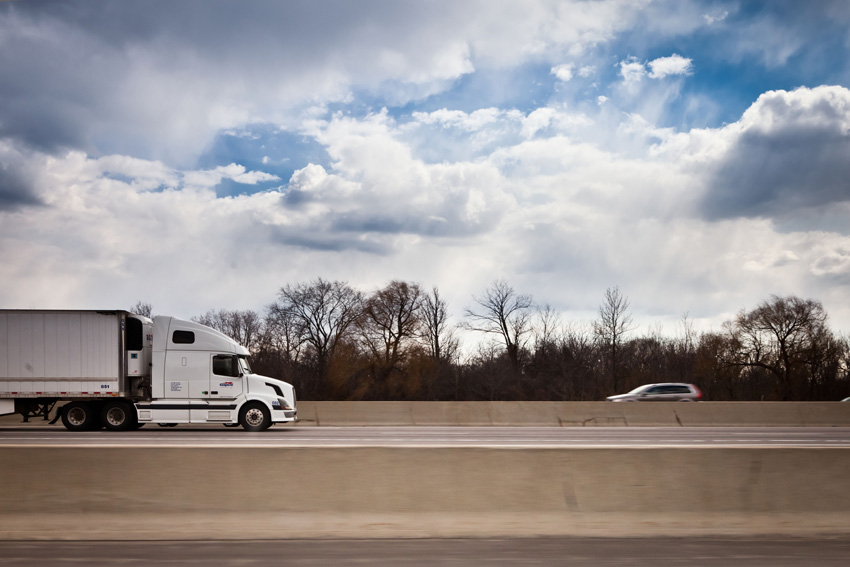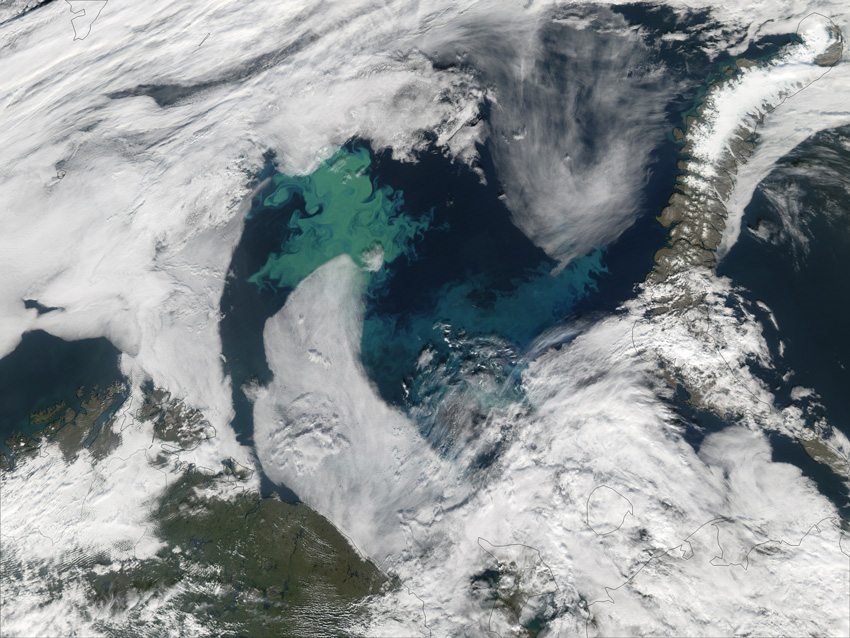
Higher Yields of Advanced Biofuels from Genetically Engineered Yeast
Strains produce “drop-in” fuels and chemicals derived from fatty acids.

Strains produce “drop-in” fuels and chemicals derived from fatty acids.

Model scenarios predict increased scarcity in the Middle East and India.

New models show reduction in bias associated with too many highly reflective clouds.

New insights could assist in cleanup of contaminated environments.

Genome variability helps explain why Emiliania huxleyi canflourish in diverse ocean habitats.

Simulations and neutron diffraction reveal how amines disrupt cellulose’s structure.

Climate model comparisons show wetlands remain a big challenge.

New method predicts how climates will move as temperatures rise.

Study reveals structural changes leading to catalytic activity.

Long-term ARM data used to evaluate precipitation simulations.

Inventories underestimate emissions from fossil fuel industry and animal husbandry, study finds.

Study examines impact of ice particle competition.